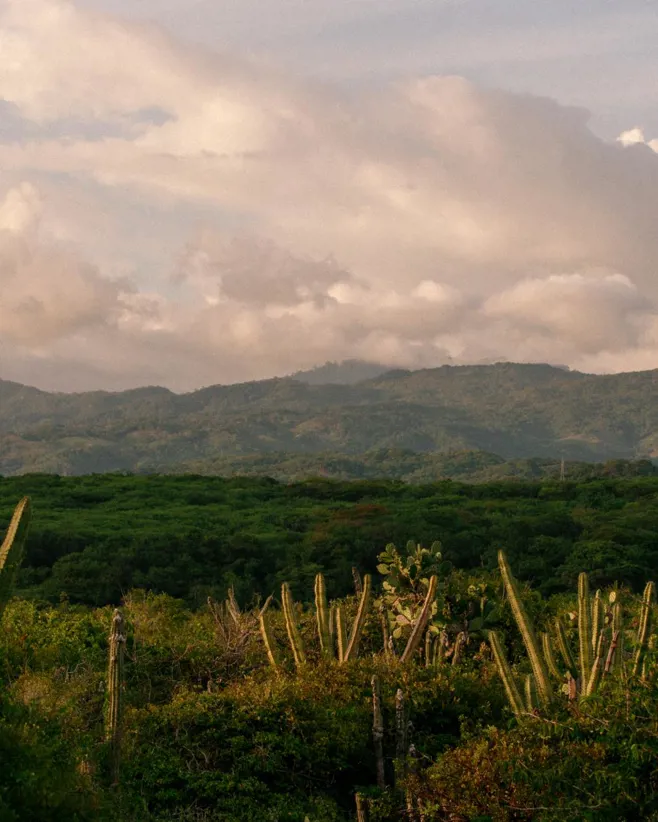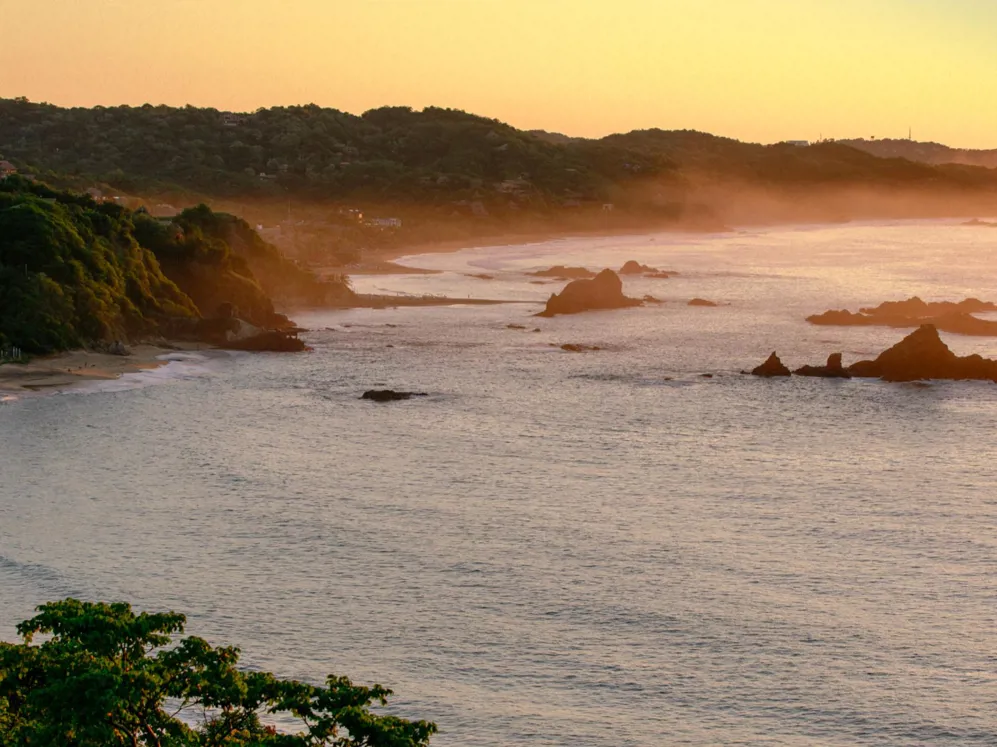
Words Charly WilderImages Vivek Vadoliya for Design HotelsDate 21 October 2020
Before the blue, there was green—miles and miles of green. We had arrived by plane to Puerto Escondido, a small coastal town tucked between the Pacific Ocean and the Sierra Madre del Sur mountain range in the southern Mexican state of Oaxaca. It was November, the end of the rainy season, and lush tropical greenery flanked the road from the airport. After a while, the driver turned off onto a bumpy, uneven dirt path headed in the direction of the ocean. Dust clouds rose around us. The green was denser now, fields of mango on the left, papaya on the right, cacti, palms, and rarer species I would later learn included the ebano tree and an endangered species of guayacán. The ocean was not yet visible, but pulsing beyond the green was a field of bright white: sunshine reflected and amplified off the Pacific.
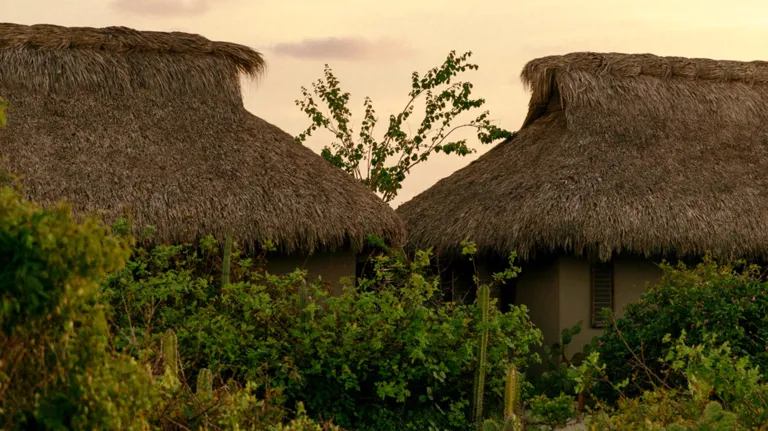
Hotel Escondido Architect Federico Rivera Río set out to update “ancestral architectural forms”
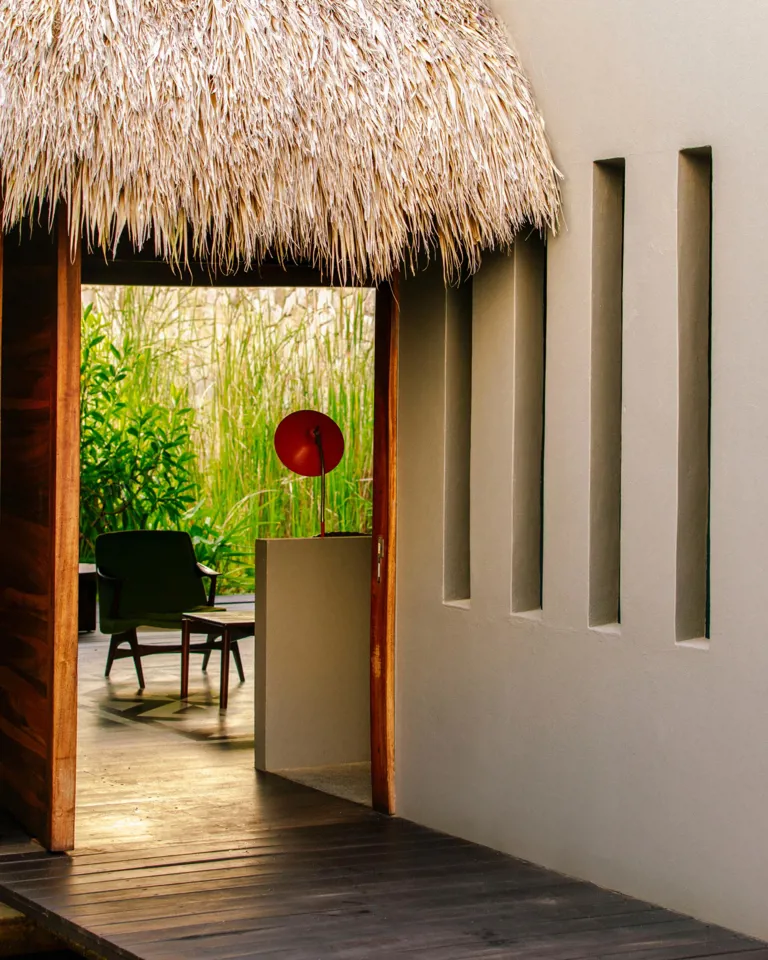
Hotel Escondido A west Mexican palapa
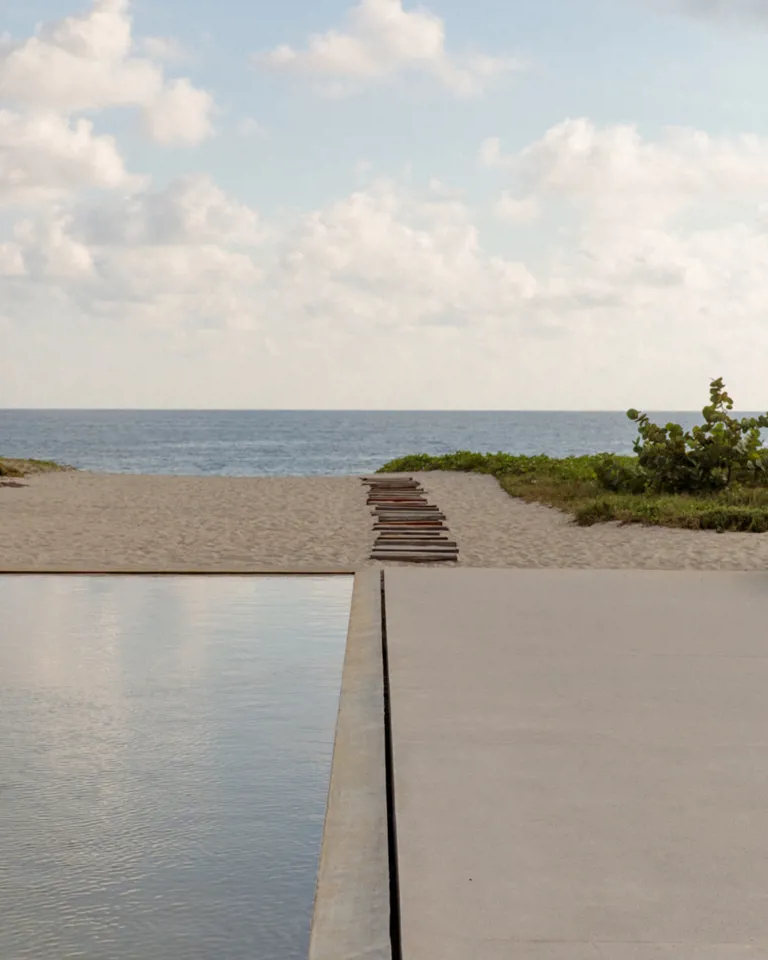
Casa Wabi View of the endless Pacific blue
Finally, the car came to a stop at the entrance to a long, open-sided corridor in the direction of the beach. I walked slowly toward the light over wooden planks as the space of Hotel Escondido opened up to me: a vast complex of palapas—a west Mexican style of open-sided structures with thatched roofs of dried palm leaves—connected by a network of subtly modern, almost East Asian-style landscaped wooden pathways snaking past sunken pools and rock gardens. I kept walking until I reached the beach: a carpet of cacti and flowering vines fading into white-golden sand stretching out in both directions and sloping into endless Pacific blue. Colossal waves crashed against the shore. To my left I could just barely make out Casa Wabi, an artists’ retreat and foundation set in a sprawling, concrete-and-palapa structure designed by the Pritzker Prize-winning Japanese architect Tadao Ando. There was not a high-rise or chain resort in sight.
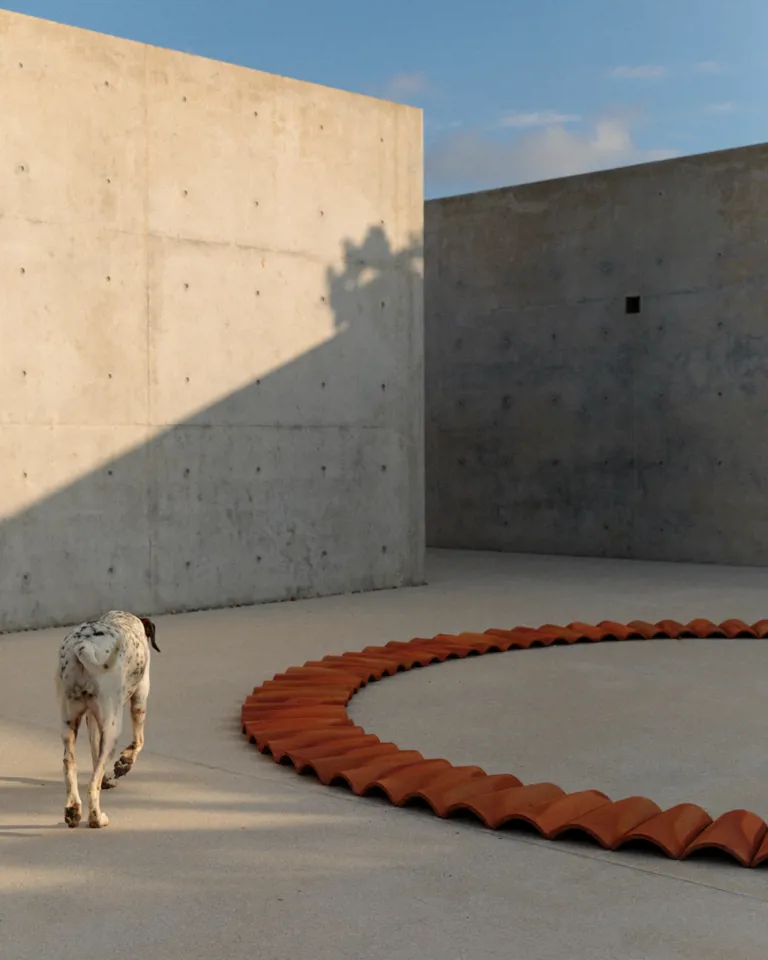
Casa Wabi One the canine residents passes an artwork by Héctor Zamora
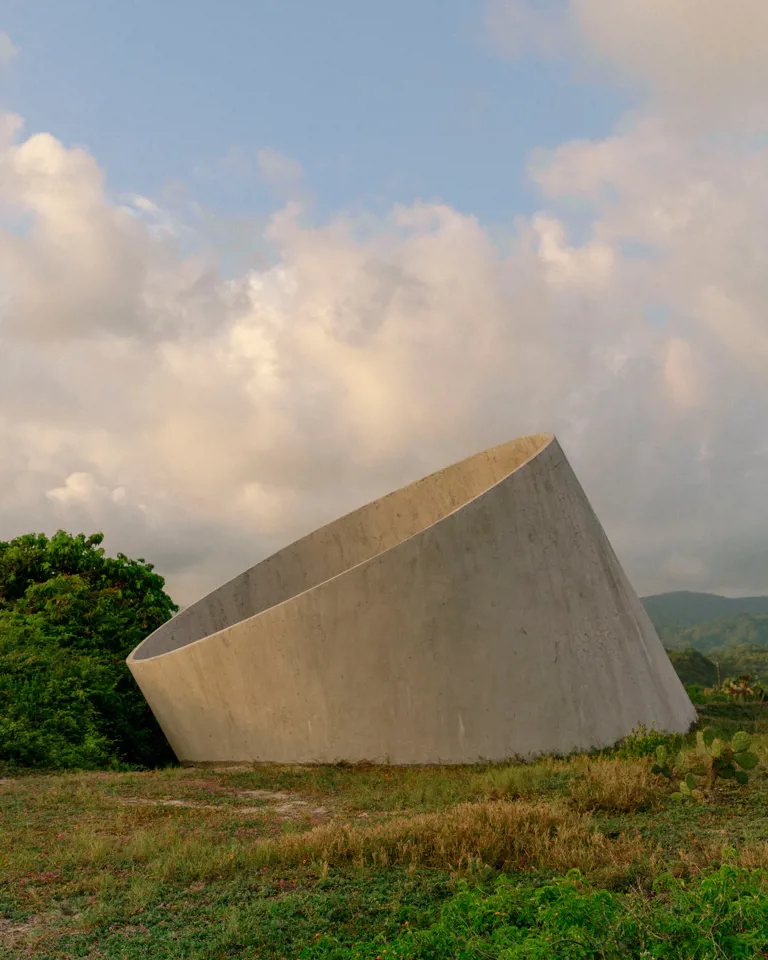
The Ando-designed complex A concrete observatory in the shape of an irregular ellipse
A land of sunlight and agave where Mexican beach tourism was born, the Pacific coast is being reimagined by a new generation of hoteliers, chefs, artists, and artisans for whom authentic local culture is as important as a fresh, contemporary mindset. “For Mexicans, people in the know, it’s always been about the Pacific coast,” said Carlos Couturier, co-founder with Moisés Micha of Grupo Habita, the company behind Hotel Escondido and a pioneer of the country’s boutique hotel scene. At the start of our trip, I met Couturier and Micha for breakfast at Condesa DF in Mexico City, one of the 12 properties they’ve opened since 2000, most in Mexico but also in New York and Chicago. Couturier and Micha are credited with invigorating multiple destinations throughout Mexico, from Playa del Carmen to Mexico City itself, which was still seen as unappealing to international leisure travelers when they began opening hotels there two decades ago. This was clearly no longer the case, as evident from the urbane international crowd that filled the sunlit 1920s-era atrium of Condesa DF.
“As Mexicans, we love authentic experiences,” said Couturier, a gregarious man who began his career as a citrus farmer in his native Veracruz. “No one can tell us what to do with our own culture, and that’s why Oaxaca and the Pacific coast have become relevant,” he added.
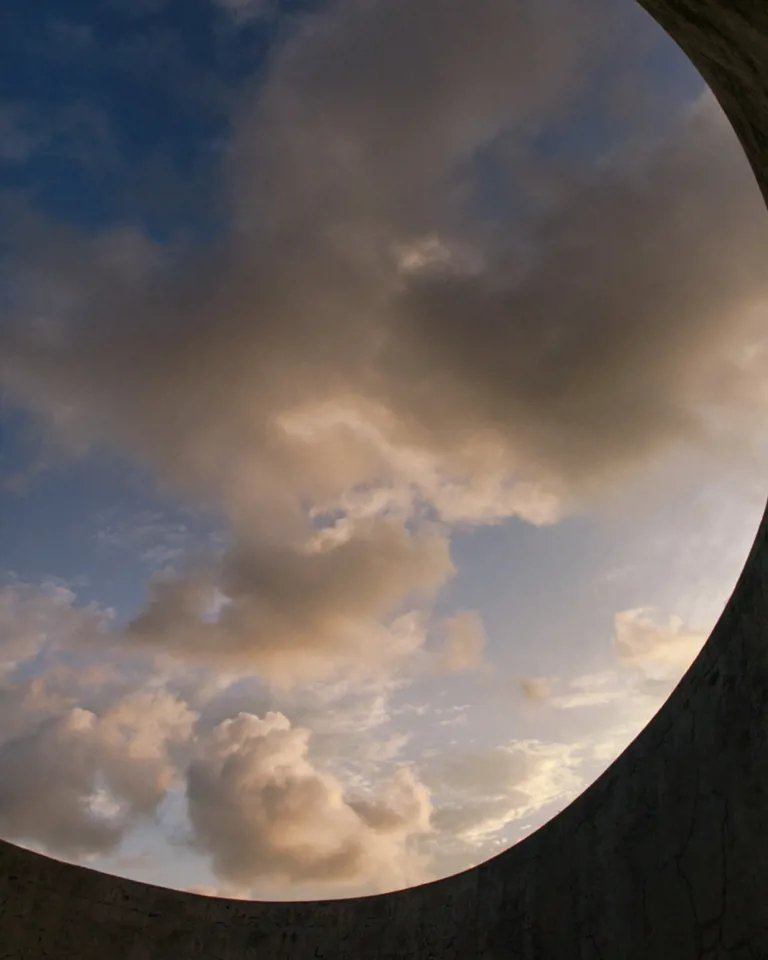

Grupo Habita founders Carlos Couturier and Moisés Micha
I had arrived in Mexico City a couple days earlier at the start of Día de Muertos, or Day of the Dead, a three-day festival rooted in ancient indigenous ritual in which the gateway between the dead and the living is said to open. We spent the weekend exploring the city’s wild bric-a-brac of neighborhoods, from the hip Art Deco enclaves of Roma Norte and Condesa to gritty Tepito, museum-lined Chapultepec Park, and the Colonial grandeur of the Centro Histórico, all of which were scattered with magnolia petals, flower-laden altars to the dead, and revelers in elaborate costumes celebrating until the early morning hours.
Though the Day of the Dead was long over, gigantic skeletons in evening gowns—effigies of La Catrina, Mexico’s grand dame of the dead—still swayed in the wind along Puerto Vallarta’s Malecón, or seaside promenade, when we arrived by night to the tropical seaside resort town. Set between the Pacific Ocean and lush, jungle-covered mountains in Jalisco, the state that birthed mariachi and tequila, Puerto Vallarta was just a sleepy seaside village in the early 1960s when Elizabeth Taylor and Richard Burton rolled into town to shoot John Huston’s 1964 movie The Night of the Iguana. Extensive tabloid coverage of the couple’s extramarital affair and off-set escapades thrust Vallarta onto the map for American tourists, helping to launch the first golden age of Mexican beach tourism.
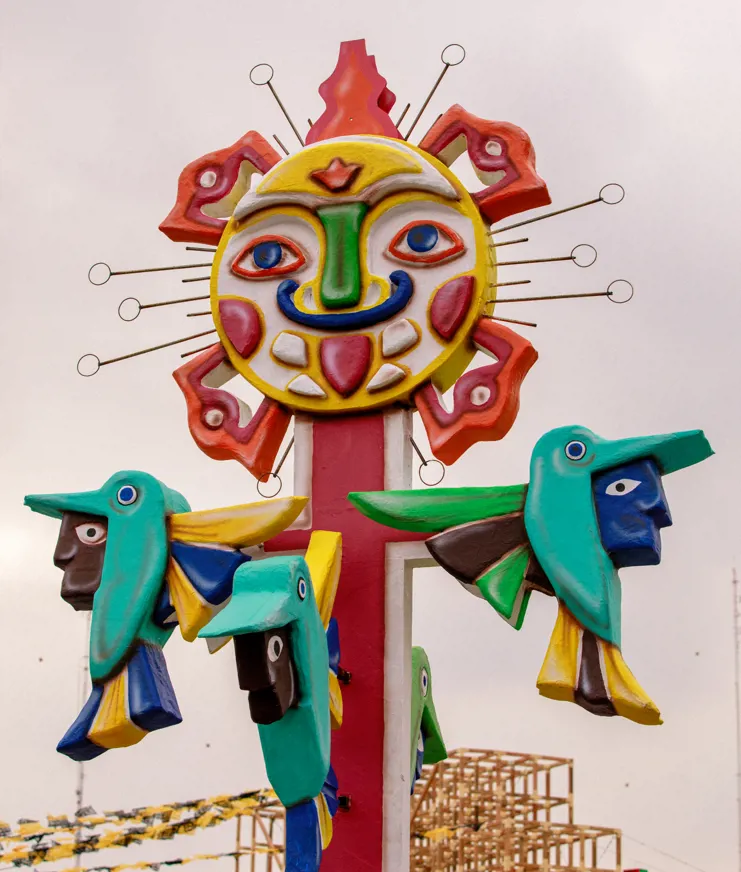
Mexico City Day of the Dead statue
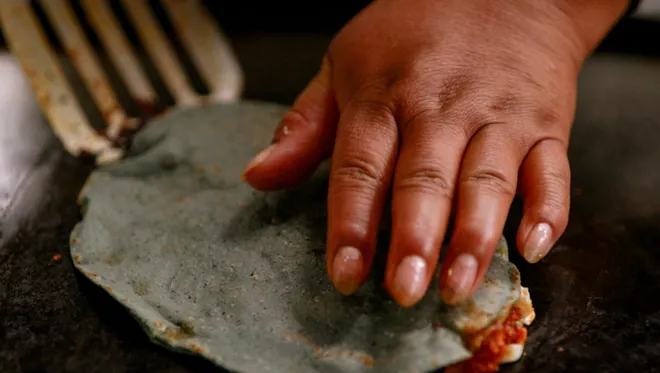
Blue corn street quesadilla Prepared on a comal
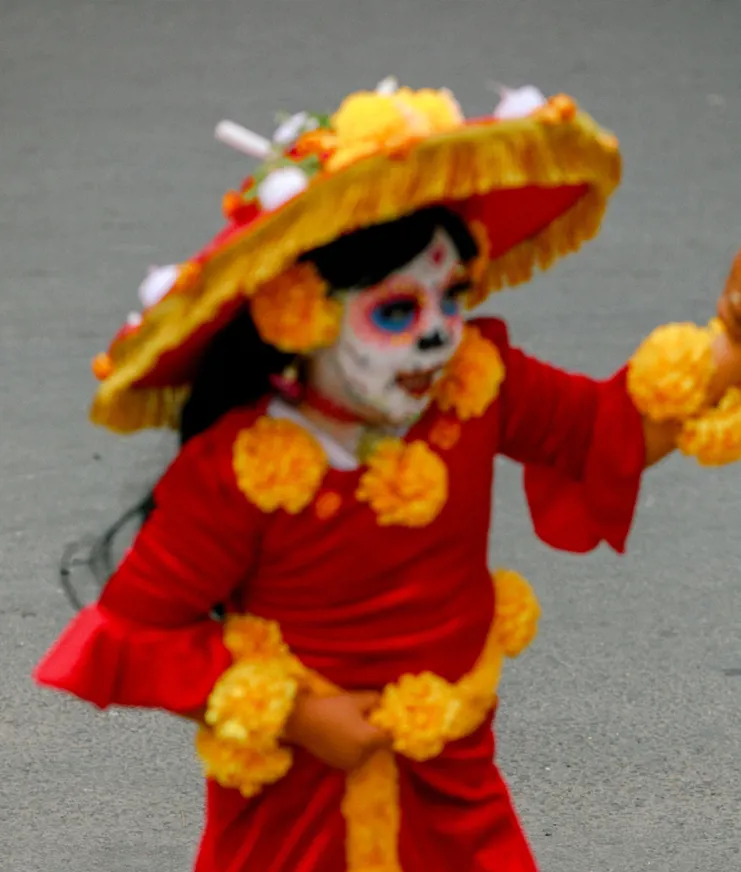
Mexico City Day of the Dead festivities
But over the years, as tourism steadily increased and the city grew and grew, the so-called “friendliest city on earth” began to get a bad rap, associated as it was with the tacky, sprawling all-inclusive resorts that proliferated on its outskirts. Yet once you enter the older part of town known as Viejo Vallarta, an entirely different image takes shape. Narrow, dusty cobblestone streets wind among low, whitewashed shops, charmingly kitsch guesthouses with red-tile roofs, and stone walls hung in bougainvillea. Local families, retired city girls in flamboyant sun hats, and vacationing gay couples rub shoulders at the beach cantinas, eclectic shops and galleries, and traditional covered markets that dot the picturesque Zona Romántica neighborhood.
The rediscovery of Viejo Vallarta has led to an influx of next-generation openings, like Puerto Café, a third-wave coffee shop that opened in 2018 a few blocks from the iconic century-old Church of Our Lady of Guadalupe, and the speakeasy-inspired El Colibrí, where tattooed bartenders sling inventive cocktails to deep house in the open-air back courtyard of a photography studio. And then there’s the LGBT scene: Vallarta now rivals Acapulco as Mexico’s most gay-friendly beach town. On our last night, we took a spin through the Zona Romántica’s dayglo tapestry of drag bars, gay clubs, and queer-friendly cafés, ending up on the dancefloor of a bar called Mr. Flamingo dancing passionately to Carly Rae Jepsen. What can I say? When in Vallarta …
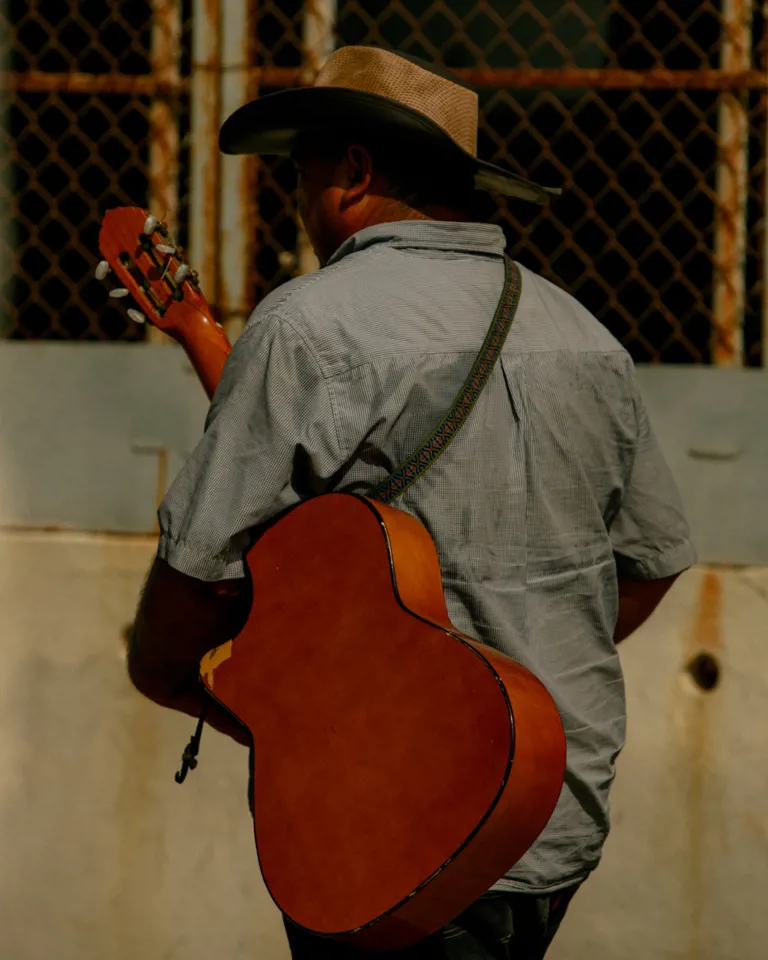
Puerto Vallarta Scenes from the street
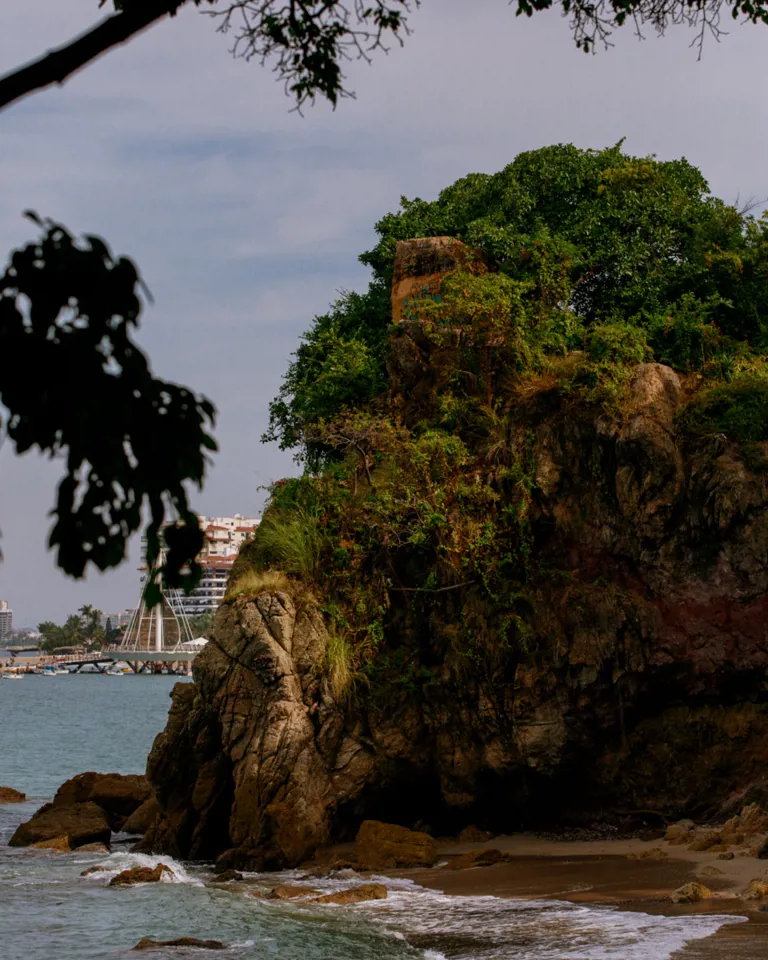
Puerto Vallarta Set between the Pacific and lush mountains in Jalisco

The preceding article is excerpted from the 2020 edition of Directions, an annual magazine by Design Hotels that looks at movements underway in art, design, food, wellness and fashion, and how they affect the way we live and travel. This year’s issue explores the motivations, values, and desires of the Promadic Traveler of tomorrow—one who does not ask where to travel, but why.
